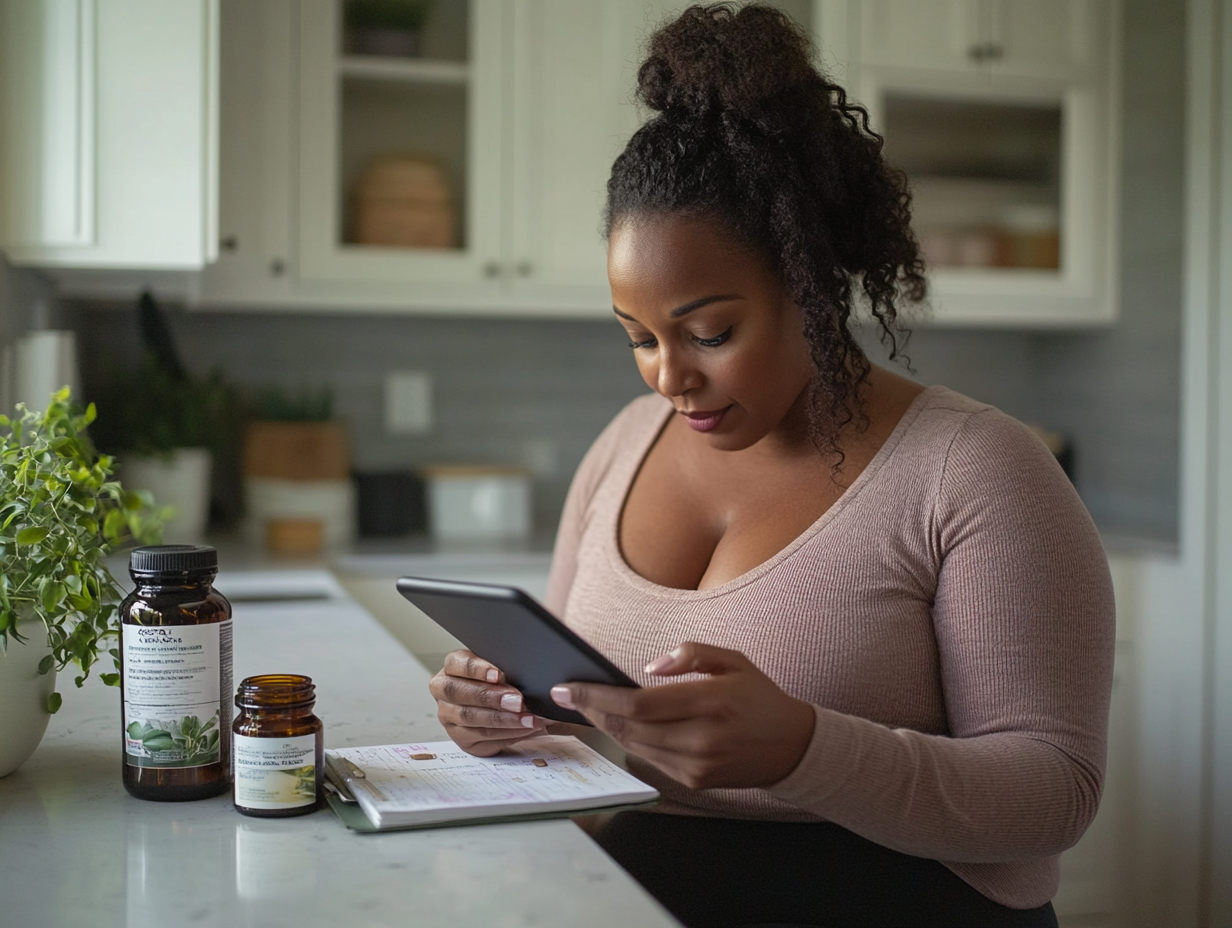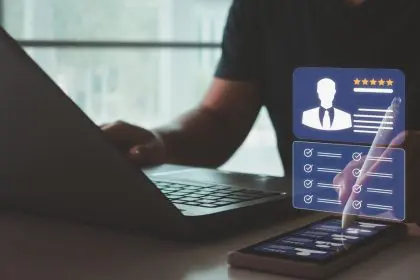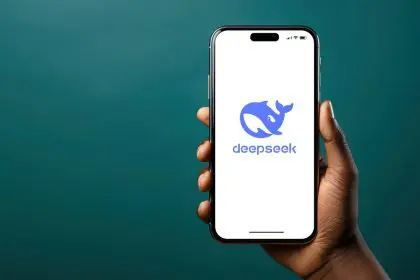Ever scrolled through your feed only to see a friend posting suspicious links or weird crypto schemes? Chances are they didn’t suddenly develop a passion for Bitcoin — their account was hacked. And here’s the scary part — the same could happen to you way more easily than you think.
Why hackers want your social media more than ever
Let’s be real. Your social media accounts might not seem like treasure troves of valuable information. After all, it’s just photos of your lunch and updates about your weekend plans, right?
Wrong. To hackers, your accounts are gold mines. They’re not after your vacation photos — they’re after the access and influence your digital presence provides.
When someone takes over your Instagram or Facebook, they gain instant credibility with everyone who trusts you. Your friends and family are far more likely to click a suspicious link coming from your account than from a stranger. That trust is exactly what cybercriminals bank on when they target everyday users.
But the value extends beyond scamming your connections. Many people use their social accounts to log into dozens of other websites and services. Once a hacker has your Facebook login, they potentially have keys to numerous other platforms where you’ve used the “Login with Facebook” option.
Perhaps most valuable of all is the personal information scattered throughout your profiles and private messages. From birthdays and hometowns to the names of your pets and children, social media accounts contain countless details that help criminals answer security questions or craft convincing personalized scams.
The password problem you’re probably ignoring
The most shocking thing about most social media hacks isn’t how sophisticated they are — it’s how basic and preventable they typically are. The number one vulnerability? Terrible password practices.
Despite years of warnings, an astounding number of people still use painfully simple passwords across multiple accounts. Your dog’s name followed by your birth year isn’t clever or secure. Neither is replacing letters with numbers in predictable ways, like “p@ssw0rd” — hackers have automated tools that try these common substitutions instantly.
Even more dangerous is password recycling — using the same password across multiple platforms. This common habit means that a data breach at one obscure website can compromise all your accounts, including social media. Hackers know this and regularly test leaked passwords on popular platforms.
The solution isn’t particularly complex, but it does require breaking some deeply ingrained habits. Creating strong, unique passwords for each of your social accounts is your first line of defense. The gold standard is a random string of letters, numbers, and symbols, but even a random combination of four unrelated words provides substantial protection against most attacks.
The two-minute fix that changes everything
If there’s one security measure that provides maximum protection for minimal effort, it’s two-factor authentication. This simple setting creates a powerful additional layer of defense that stops most hackers cold.
When enabled, accessing your account requires both your password and a second verification method — typically a code sent to your phone or generated by an authentication app. This means that even if someone steals or guesses your password, they still can’t get into your account without physical access to your phone.
Despite being free and taking less than two minutes to set up, many users skip this critical protection. Every major social platform offers it, yet adoption rates remain surprisingly low. The mild inconvenience of entering a code occasionally seems to outweigh the massive security benefits in many people’s minds — until they get hacked.
For maximum security, opt for authentication apps like Google Authenticator or Authy rather than SMS text messages when given the option. While text codes are better than nothing, they’re vulnerable to SIM swapping attacks where criminals transfer your phone number to their device.
The login trap you fall for every day
Public Wi-Fi networks are everywhere, and they’re incredibly convenient for scrolling social media while waiting for your coffee or killing time at the airport. They’re also perfect hunting grounds for hackers.
Unsecured public networks make it trivially easy for anyone with basic technical knowledge to intercept data passing between your device and the internet. This includes the login credentials you enter when accessing your social accounts.
The fix is simple but often overlooked — never log into sensitive accounts on public Wi-Fi without using a VPN. A virtual private network encrypts your internet traffic, ensuring that even if someone is monitoring the network, they can’t make sense of what you’re sending.
Many quality VPN services cost less than a monthly streaming subscription, and some even offer limited free options. The protection they provide extends far beyond social media to everything you do online, making them one of the best digital security investments available.
The permission problem hiding in plain sight
Remember all those quizzes that tell you which Game of Thrones character you are or what city you should live in? They seem harmless, but many require access to your profile information, friends list, and sometimes even your private messages.
Third-party apps and quizzes are among the most common vectors for account compromises. When you grant them permissions, you’re essentially giving unknown developers the keys to your digital life. Many legitimate-seeming apps are created specifically to harvest data or plant malware.
Audit your connected apps regularly by visiting the security settings on each of your social platforms. You’ll likely be shocked at how many random applications still have access to your accounts, often from quizzes or games you used once years ago and completely forgot about.
Be particularly wary of any app requesting more permissions than it reasonably needs. A photo filter app has no legitimate reason to access your contact list or private messages. When in doubt, deny the permission or find an alternative app with more reasonable requirements.
The psychology hack that gets everyone
Even the most technically secure account can be compromised through social engineering — psychological tricks that manipulate you into making security mistakes. These attacks target human vulnerability rather than technical weaknesses.
The most common form is phishing — deceptive messages designed to make you panic and act quickly without thinking critically. You might receive an urgent notification claiming your account has been compromised and you need to “verify your identity” by clicking a link. The link leads to a fake login page that steals your credentials.
These messages deliberately trigger emotional responses like fear or curiosity to override your rational thinking. They often include pressure tactics like countdown timers or threats of account deletion to prevent you from pausing to verify legitimacy.
The best defense is simple awareness and healthy skepticism. Always verify urgent security messages by going directly to the platform’s official website rather than clicking provided links. Legitimate companies never ask for your password via email or direct message, and they don’t threaten immediate account deletion for verification delays.
The recovery options you need to set up now
Despite your best efforts, account compromises can still happen. When they do, having current recovery options can mean the difference between quickly regaining control and permanently losing your account.
Many users set up recovery email addresses or phone numbers when first creating accounts, then never update them as contact information changes. This common oversight leaves you vulnerable if you need to prove ownership after being locked out.
Take five minutes today to verify and update the recovery options for each of your social accounts. Add backup email addresses, ensure your phone number is current, and where available, set up trusted contacts who can help verify your identity.
Some platforms also offer recovery codes — one-time use passwords that can restore access even if you lose your phone and backup email access. Store these securely, preferably printed physically and kept somewhere safe rather than saved digitally where they could be compromised alongside your other accounts.
The mindset that actually works
The most effective social media security isn’t about mastering advanced technical concepts — it’s about developing simple security habits and maintaining healthy skepticism online.
Think of account security like home security. You don’t need an elaborate fortress with moats and guard towers. You just need to make your accounts secure enough that hackers move on to easier targets. Most cybercriminals operate on volume and efficiency, quickly abandoning difficult targets in favor of low-hanging fruit.
By implementing even a few of these simple protections, you dramatically reduce your risk of becoming another social media hacking statistic. Your digital presence is worth protecting with more than just the bare minimum security measures that most users rely on.
The best part? None of these protections require technical expertise or significant time investments. Just a few minutes of attention now can save you from the nightmare of having your online identity hijacked later.

















